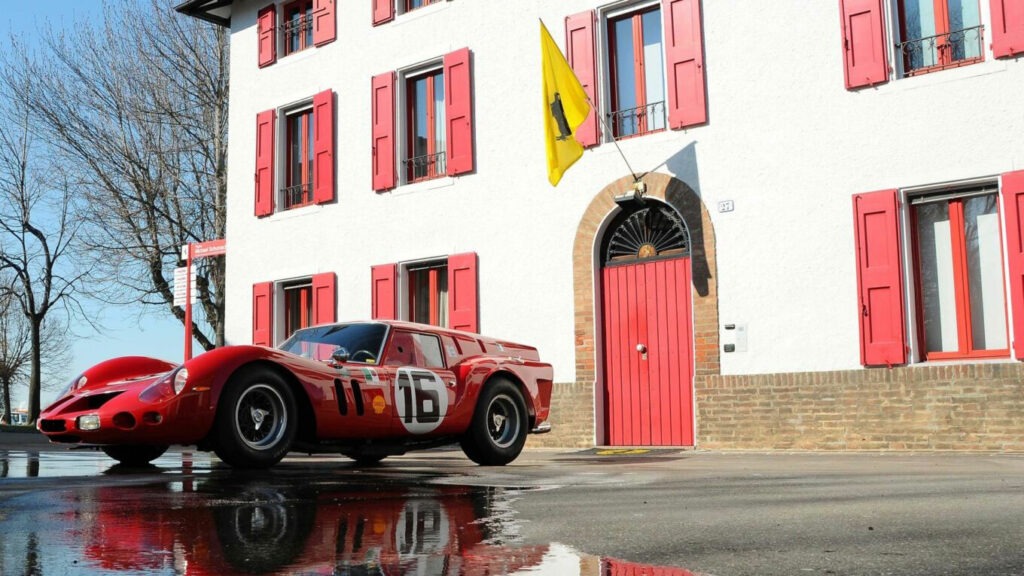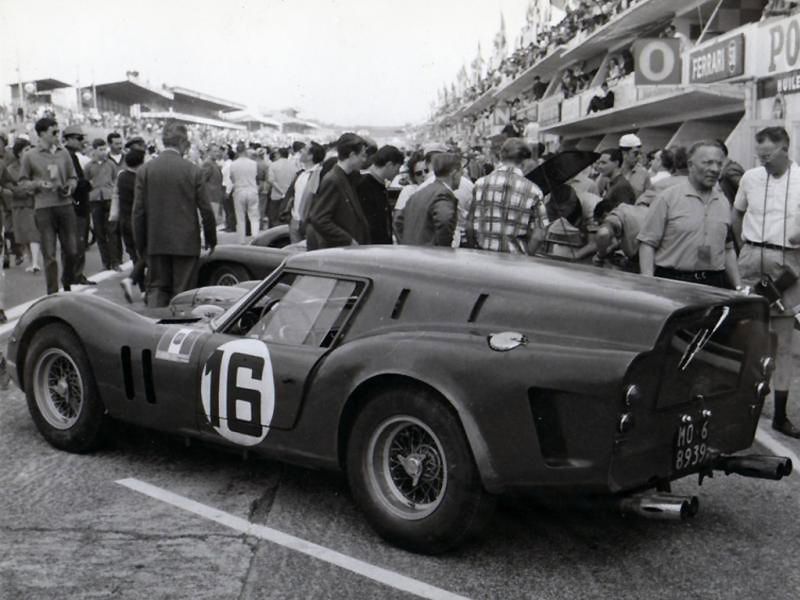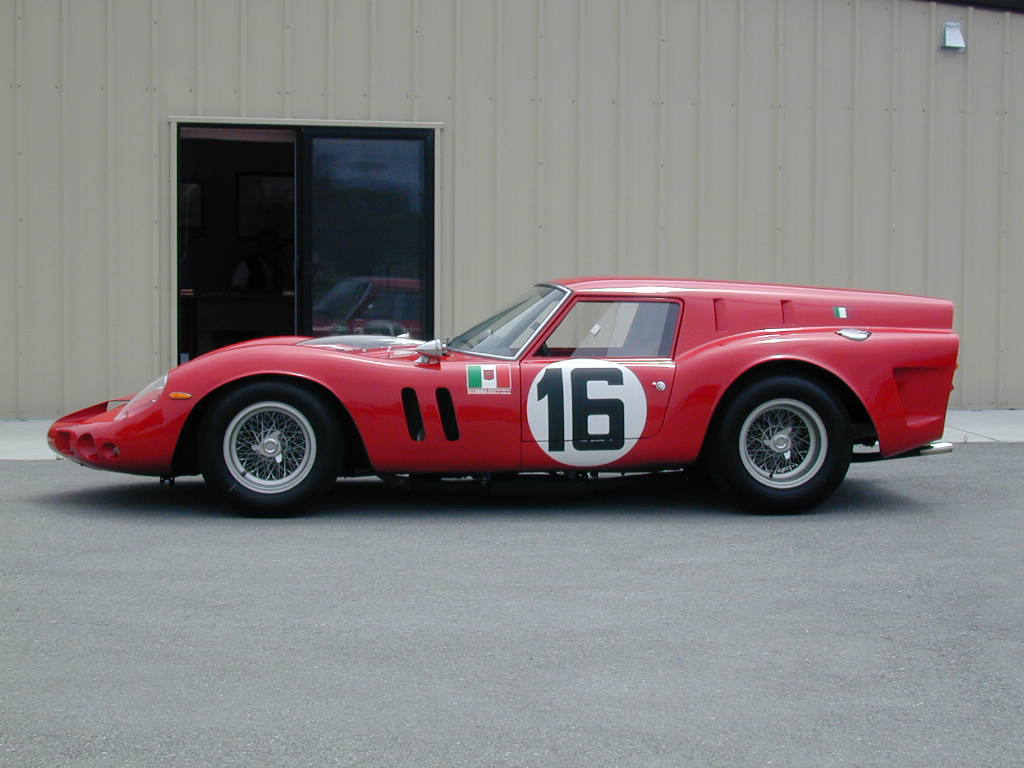
The origin of the Ferrari 250 GT Breadvan
The Ferrari 250 GT Breadvan: In 1961, Count Giovanni Volpi di Misurata, a 23 year old Algerian-Italian automobile and racing enthusiast, founded his racing team Scuderia Serenissima. By a contract with Ferrari, 2 brand new 1962 250 GTOs were going to be delivered to the team, but by the time, 2 well-known Ferrari engineers, Giotto Bizzarrini and Carlo Chiti left Ferrari to establish their own automobile company, ATS; not welcomed by Enzo Ferrari of course. Volpi, on the other hand, financed the newborn ATS company and also employed Bizzarrini to work at his race team.
This was the last straw for “il Commendatore”, so he decided to cancel his contract with Volpi and not to sell him the GTOs. The 24 Hours of Le Mans race was ahead and what Scuderia Serenissima had to count on was a 1961 Ferrari 250 GT SWB purchased from the famous Belgian race driver, Olivier Gendebien.

With all the experience in developing the GTO for Ferrari, Bizzarrini started modifying the 250 GT SWB in Neri & Bonacini garage in Modena. Some of the main modifications included changing the lubrication to a dry-sump system to lower the gravity center, changing the carburetors, modifying the chassis and the most significant of all, replacing the body with an all-new aerodynamically efficient one by Piero Drogo.
He was a well-known race car body specialist, and also a former race driver, who had his own coachbuilding company, Carrozzeria Sports Cars. The new Kamm-back bodywork of the Ferrari 250 GT Breadvan, which looked like a shooting brake actually, not only was extremely low, but also had an ultra-low aerodynamic drag thanks to its K-tail. This strange body type for a race car gained some nicknames for the car, among which, the “Breadvan” was the most popular one the car is still known with.

The Ferrari 250 GT Breadvan entered its 1st race at 1962 24 Hours of Le Mans, but retired due to the drive-shaft failure. This was not such a sad story for Volpi and his team because their car was ahead of all GTOs during its running time. The new bodywork proved its ultimate superiority, so did the car, winning 1st to 3rd places in the 4 races it took part in later that year.
Tecnical specifications
The one-off Ferrari 250 GT Breadvan alloy body was mounted on a 250 SWB type 539 steel tubular frame. It was powered by a modified 250 GT Tipo 168 Comp/61 engine, longitudinally mounted in the front but moved a bit backward to the chassis center. It was a naturally aspirated dry-sump V-12 @ 60°, SOHC with light alloy block and head, 2 valves/cyl, a bore/stroke and compression ratio of 73/58.8mm and 9.5:1 respectively, and total displacement of 2953cc. The 3 original carburetors were replaced with 6 double choke 38-DCN Weber ones which enabled the engine to produce around 292bhp @ 7000rpm which was delivered to the rear wheels through a 4-speed gearbox, well enough for the light 935kg car. The car used double wishbones and coil springs in the front suspension, live axle with leaf springs in the rear, both with Koni shock absorbers, and also disk brakes for all 4 wheels.
The Breavan Hommage
London based coachbuilder Nils van Roij unveiled in 2020 a one-off tribute to the Ferrari 250 GT Breadvan based on a 550 Maranello. The body was handbuilt and also the interior was redesigned. All in all a spectacular project that we would like to see more of: good job!




Not a huge fan of the breadvan but love the modern version of it